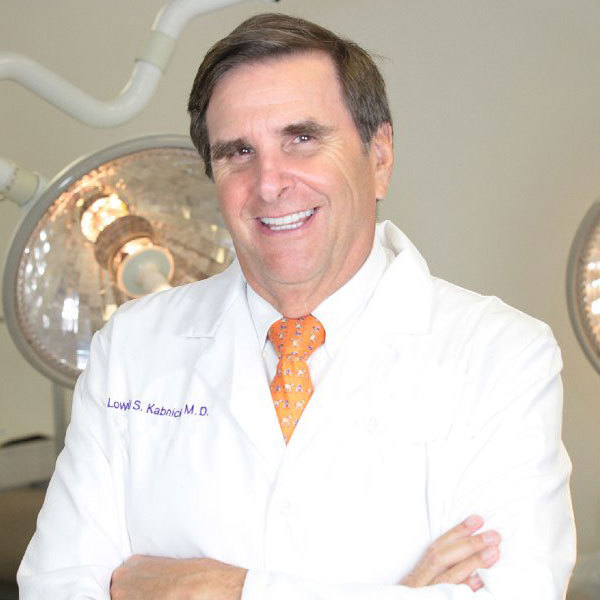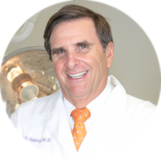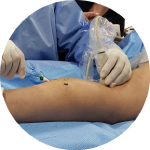
Recently, Lowell Kabnick, MD, RPhS, FACS, FACPh, gave a presentation on why there is overtreatment in chronic venous disease (CVD) and how to work toward decreasing it. A recording of his lecture is available to those who subscribe to Vein Global.
Undertreatment
Undertreatment is a significant problem worldwide. There is evidence that physician awareness of CVD is suboptimal and that many patients with CVD are not being treated or referred to specialists according to established guidelines, Dr. Kabnick said.
Overtreatment, Abuse, and Inappropriate Treatment
But the bigger problems, he said, are in the areas of overtreatment, abuse, and inappropriate treatment.
Insufficiently Trained Operators
In the arena of CVD treatment, there are unfortunately insufficiently trained operators. Accordingly, there is a need for increased regulation, accreditation of specialists, and better-defined guidelines for procedure appropriateness to promote sound and ethical physician behavior and adherence to core values of professionalism. Even though there is usually an increase in procedures when new technology is introduced, Dr. Kabnick said, researchers have documented an exponential expansion of ablation procedures over a quite short time period, much more what could be expected, causing concern.
Bad Actors
It is important to remember that there are some outright bad actors behind abuse of the system. They
- Misrepresent leg complaints in patients’ medical histories
- Record nonsurgical measures, such as the use of compression stockings, even though no such measures were implemented
- Overclassify examination findings, ranking them as higher-severity issues
- Conduct incomplete ultrasound examinations intentionally performed to identify only venous reflux in the superficial system, without evaluating the deep venous system
- Use nonaccredited venous ultrasound testing instead of defined venous duplex criteria
- Falsify ultrasound results
- Offer financial incentives to ultrasound technologists so they will report reflux
- Use aggressive intimidation tactics to push for surgical correction
- Perform staged, multiple endovenous ablations on both legs in a patient
- Do not provide CEAP (Clinical-Etiology-Anatomy-Pathophysiology) classifications or venous clinical severity scores
Inappropriate Care: Overtreatment
How do physicians get away with overtreating?
- They do not follow guidelines.
- They stretch indications.
- They treat the patient and not the symptoms related to the disease.
Fixable or Not?
Can vascular surgeons fix this situation? Perhaps, said Dr. Kabnick. He described several techniques for doing so:
- Provide proper education: Make it clear what specialties are appropriate for venous care.
- Follow suggested guidelines for ablation: In 2020, the American Venous Forum collaborated with the Society for Vascular Surgery, the American Vein and Lymphatic Society, and the Society for Interventional Radiology to create the first Appropriate Use Criteria (AUC) for lower extremity venous disease. The intent of the AUC is to aid clinicians in making day-to-day decisions for patient care.
- Do chart audits under the Centers for Medicare and Medicaid Services guidelines.
- Define outliers: They are from non–vascular surgery specialties, have fewer years in practice, and have a higher-than-average volume of cases involving venous ablation.
- Stop paying for inappropriate and unnecessary procedures.
- Work with specialists from all parts of the world to stop the abuse.
A subscription to Veinglobal.com provides access to more than 200 on-demand instructional, inspirational, and innovative presentations on surgical procedures, practice management, research data, and more. Vein Global is a tool for your entire practice to stay current on venous education.
Recent Posts

Review of Radiofrequency Ablation Devices

Overtreatment in CVD Leads to Superficial Ablation Abuse

Ultrasound-guided Foam Sclerotherapy

Recurrent Stent Occlusion: Endovenectomy, Bypass, or Compression Only

Optimizing Deep Vein Images: The Profunda Femoris Vein

A Closer Look at Swollen Legs: Edema Differentiation

Vein Global and IVC are Evolving to Launch the Next Decade of Endovascular Innovation and Education

Phlebectomy: Technical Steps with Jose I. Almeida, MD, FACS, RPVI, RVT

The Spectrum of Vacuum-Assisted Venous Thrombectomy

Sclerotherapy: Technical Steps with Julian J. Javier, MD, FSCAI, FCCP

